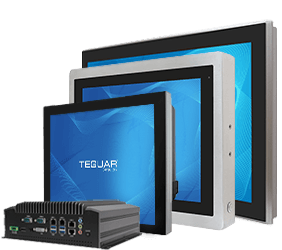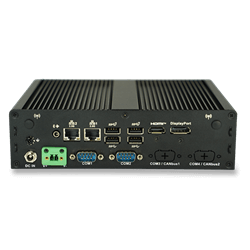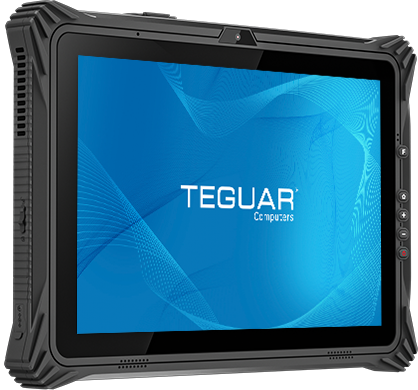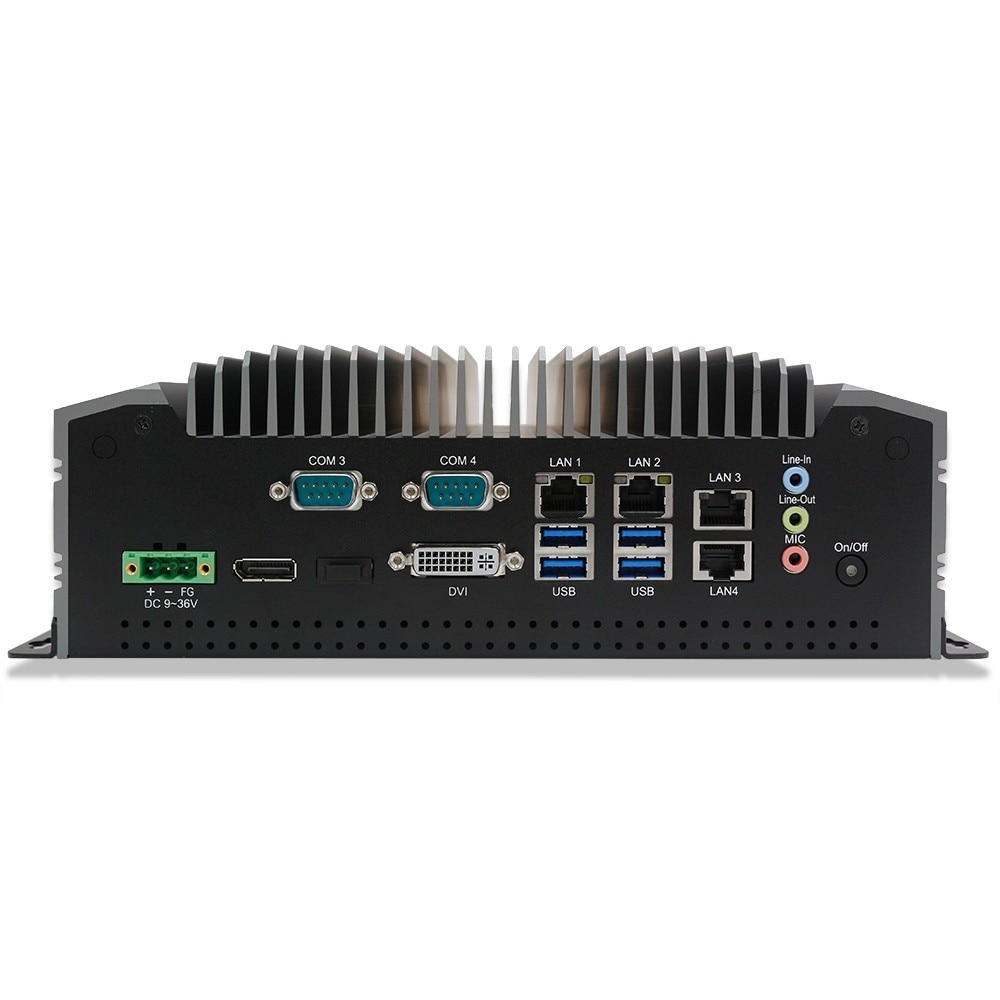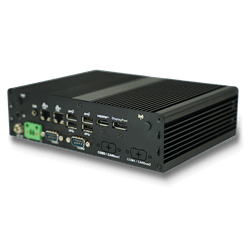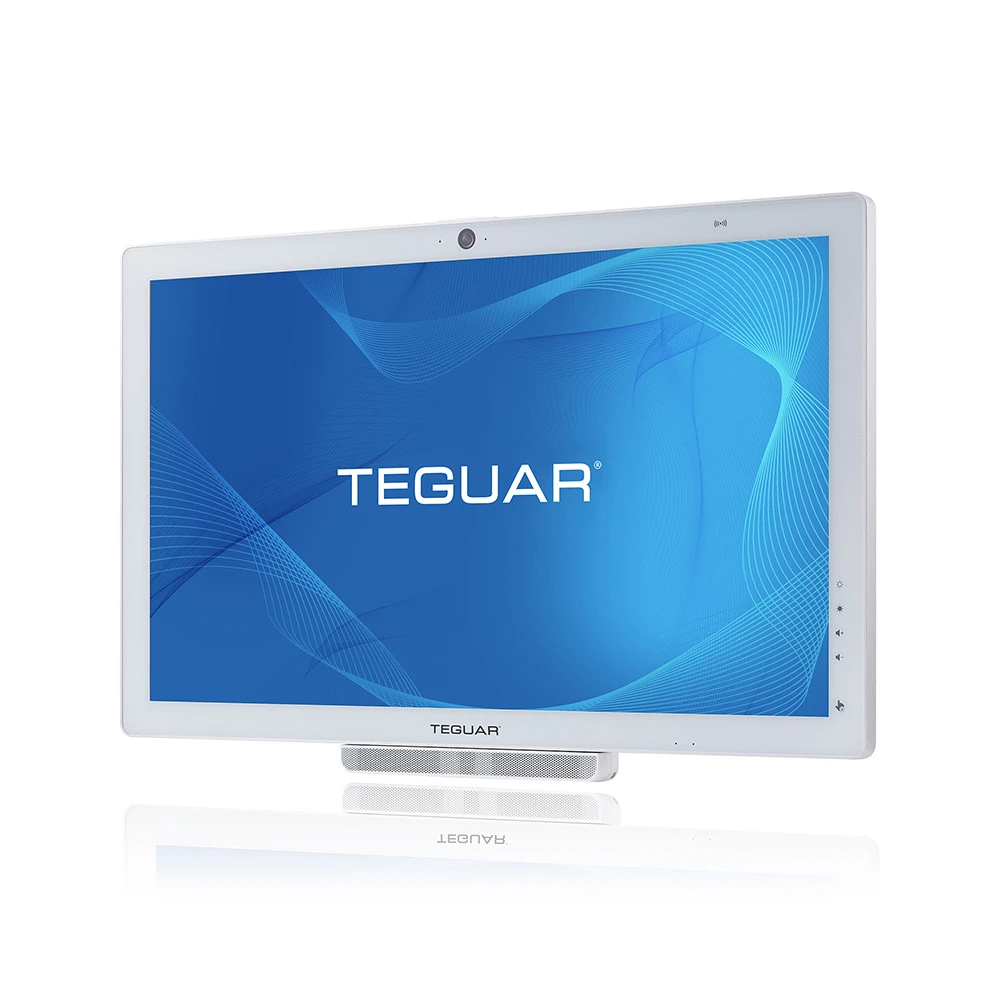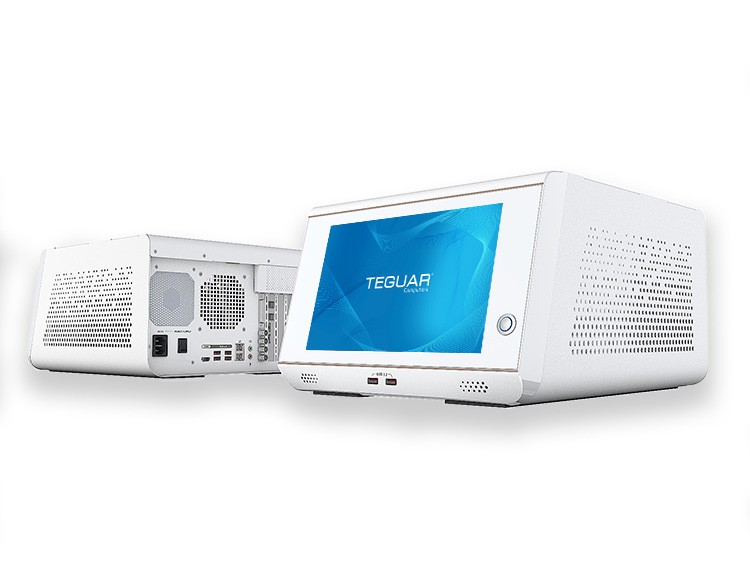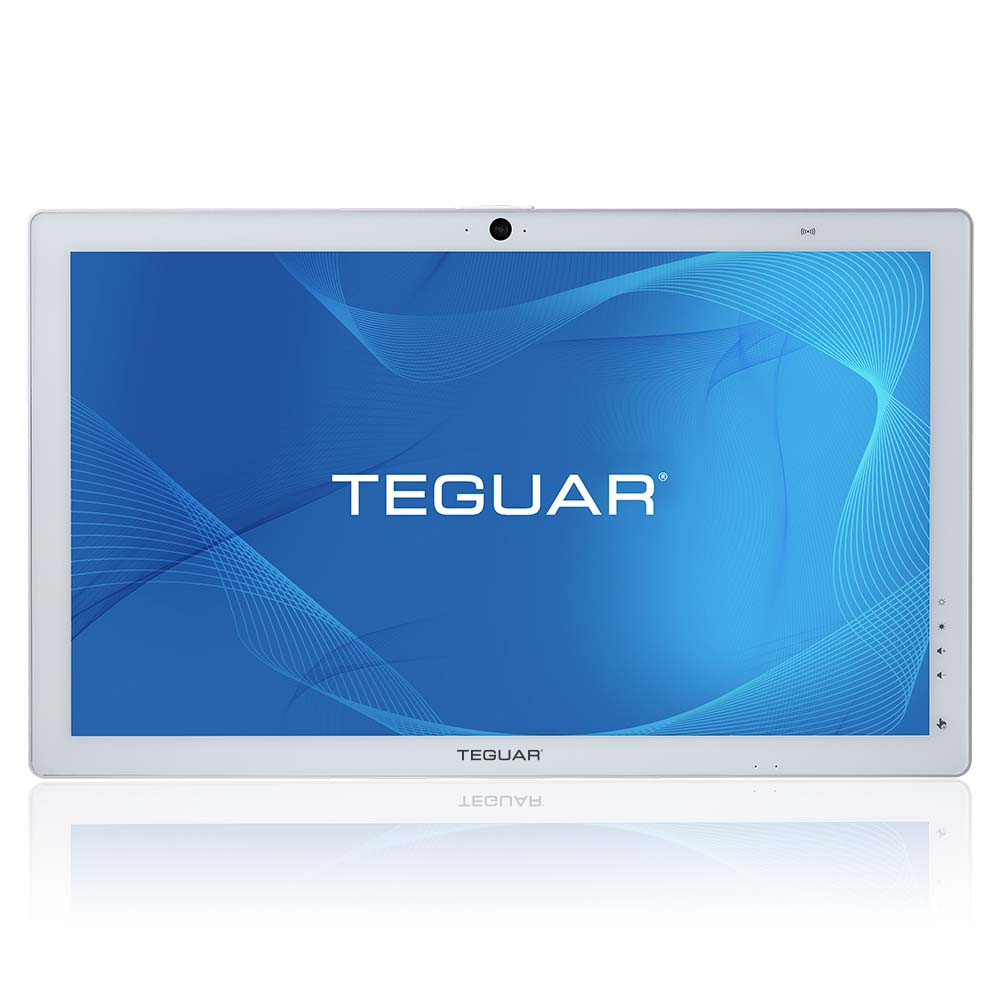The ELD Mandate and Electronic Logging Devices

An ELD is an Electronic Logging Device that is used to track vehicle and driver data. Since 1937, commercial drivers have been required to track their driving hours on paper logs. In 2016, a new congressional mandate required drivers to track their hours with an ELD, automating the process and making it harder for drivers to make mistakes or forge their driving hours.
The ELD mandate, enforced by the Federal Motor Carrier Safety Administration (FMCSA), was created to ensure that drivers stop and get the rest they need, so accidents due to exhaustion can be avoided. ELDs also have several other functions. They monitor the vehicle and can alert you when maintenance is needed. The GPS and LTE embedded in the ELDs can improve routes and increase the efficiency of your fleet.
Who needs an ELD?
According to FMCSA,
“The ELD rule applies to most motor carriers and drivers who are currently required to maintain records of duty status (RODS) per Part 395, 49 CFR 395.8(a). The rule applies to commercial buses as well as trucks, and to Canada- and Mexico-domiciled drivers.”
https://www.fmcsa.dot.gov
As of December, 2017, vehicles weighing more than 10,001 lbs, or vehicles carrying placarded hazmat materials or more than 15 passengers are required to comply with the ELD mandate. However, the FMCSA made one exception. Drivers using Automatic Onboard Recording Devices (AOBRD) have been given a deadline of December 16, 2019 to install ELDs in their vehicles.
AOBRD vs ELD
AOBRDs and ELDs have a lot of similarities, but overall AOBRDS are less restrictive. They allow for manual entry of location, do not require driver identification, display less data, and allow drivers to edit their logs in some cases. ELDs are required to be mounted in view of the driver, while AOBRDs are not. If you’re using AOBRDs, the deadline to switch to ELDs is quickly approaching. For some fleets, the switch may only require a change in software, but many will need new hardware.
What devices can you use for your ELD?
There are a lot of different ELDs on the market today. Some are fully integrated with a display and others can be used with your smartphone, tablet, or vehicle mounted computer. If you’re choosing the latter, here are some things to consider about the three main hardware options for your ELD software.
Smartphones
While these may be an inexpensive option in the short term, they may end up costing you more in the long run. Consumer-grade products have short lifecycles, usually about 2 years, which can mean frequent replacements and upgrades. However, if you’re fleet already has smartphones, this may be a convenient option. You can choose an Android or iOS cloud-based ELD application to run on your smartphone but you are limited to screen sizes ranging from 4”-6”.
Rugged Tablets
Rugged tablets can be used with a cloud-based application and with your ELD software. They have longer battery lives than consumer-grade tablets and are available with Windows and Android operating systems. Rugged tablets are made with industrial-grade components, so they have wide operating temperatures, durable housings and scratch resistant touchscreens. Rugged tablets are also ergonomic and mobile, allowing your fleet to use the device for other applications like transportation management, signing documents, and scanning labels and barcodes for inventory management. Screen sizes range from 7” to 14” which gives you the flexibility to view data in various form factors. A wide range of mounting accessories for your vehicle is also available.
Vehicle Mount Computers
Vehicle mount computers provide a lot of the same benefits as rugged tablets, but without the mobility. They are designed to withstand vibrations and shocks that would put a consumer-grade tablet or computer out of commission. They also can have high brightness LCD touchscreens and optical bonding for readability in bright sunlight. These also come in various screen sizes and selectable interface options for power and data communication.
Teguar ELD Products
TRT-A5380-08 and TRT-4380-08
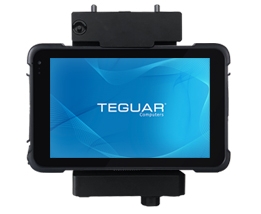 These 8” tablets have the same durable housing with an 8 pin pogo connector that reliably connects the tablet to its vehicle mount. The TRT-A5380-08 features a Quad Core MTK 8735A CPU, runs Android 8.1, and is GMS certified, while the TRT-4380-08 is a Windows based tablet running on an Intel Quad Core Z8350 CPU.
These 8” tablets have the same durable housing with an 8 pin pogo connector that reliably connects the tablet to its vehicle mount. The TRT-A5380-08 features a Quad Core MTK 8735A CPU, runs Android 8.1, and is GMS certified, while the TRT-4380-08 is a Windows based tablet running on an Intel Quad Core Z8350 CPU.
TRT-4380-10, TRT-5180-10, TRT-A5380-10
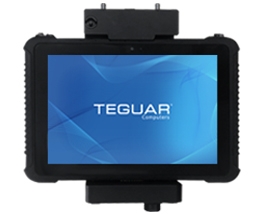 Like the 8” tablets, the differentiating factor on these 10” tablets is the processor. Coming in at a lower price, the TRT-4380-10 runs on the Intel Cherrytrail Z8300 Quad-Core CPU. The TRT-5180-10 runs on the Intel Kabylake m3-7Y30 Dual Core CPU, and the TRT-A5380-10 features the MTK 8735A Quad Core CPU and runs Android 8.1.
Like the 8” tablets, the differentiating factor on these 10” tablets is the processor. Coming in at a lower price, the TRT-4380-10 runs on the Intel Cherrytrail Z8300 Quad-Core CPU. The TRT-5180-10 runs on the Intel Kabylake m3-7Y30 Dual Core CPU, and the TRT-A5380-10 features the MTK 8735A Quad Core CPU and runs Android 8.1.
TRT-5180-12
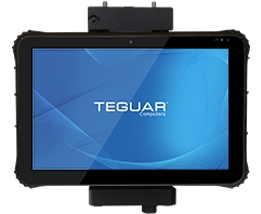 Providing the most screen real estate, these 12” tablets can be used for much more than your ELD application. They have a hot swappable battery and an optional attachable keyboard. The TRT-4380-12 runs on the Intel Quad Core x5-Z8350 CPU and the TRT-5180-12 runs on the Intel Dual Core m3-7Y30 CPU.
Providing the most screen real estate, these 12” tablets can be used for much more than your ELD application. They have a hot swappable battery and an optional attachable keyboard. The TRT-4380-12 runs on the Intel Quad Core x5-Z8350 CPU and the TRT-5180-12 runs on the Intel Dual Core m3-7Y30 CPU.
CPU upgrades are available for some devices with MOQ. Contact a sales representative to discuss your project and see how you can use Teguar’s rugged tablets for your business.
To learn more about the ELD mandate and electronic logging device requirements, go to https://eld.fmcsa.dot.gov/
Sources:


